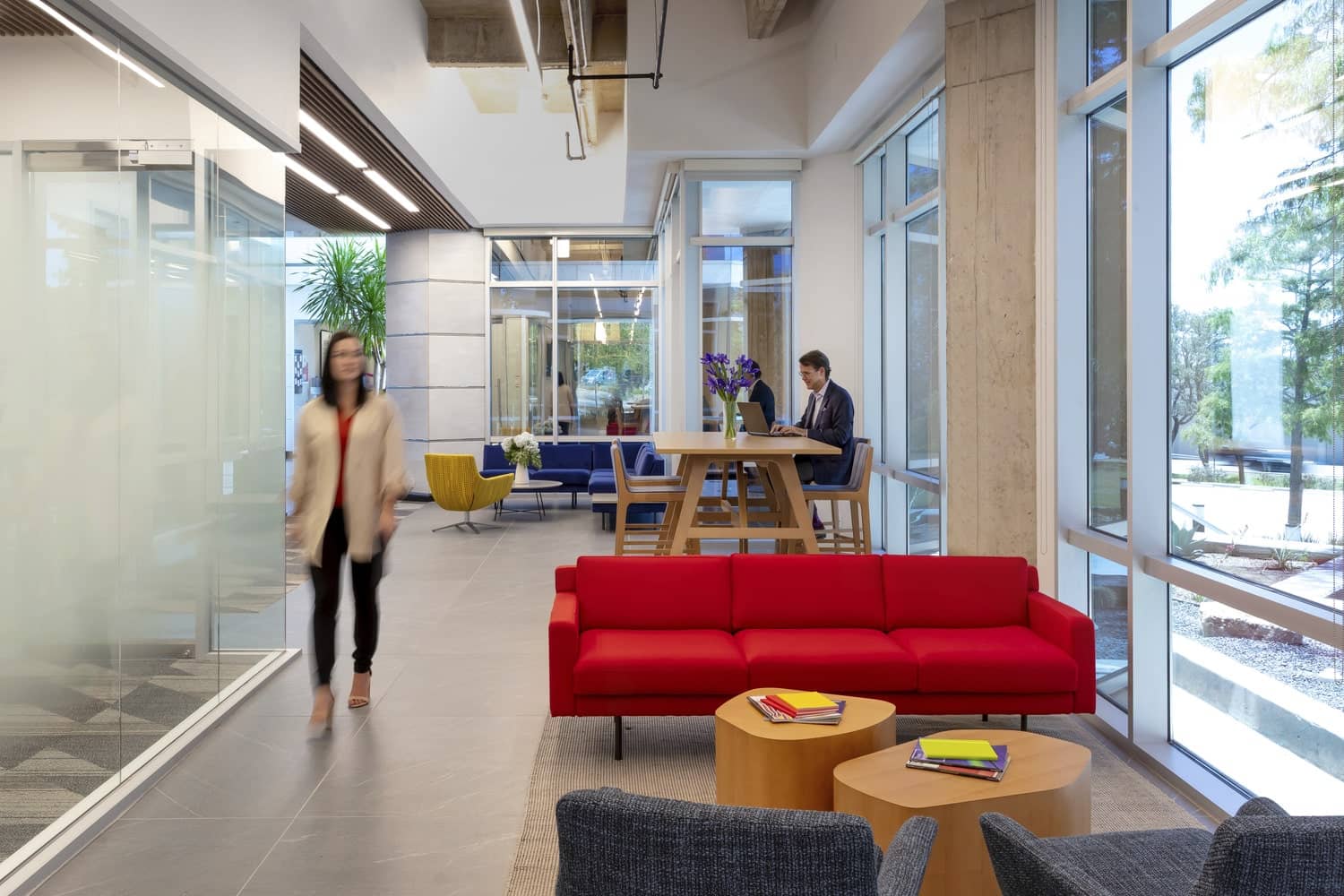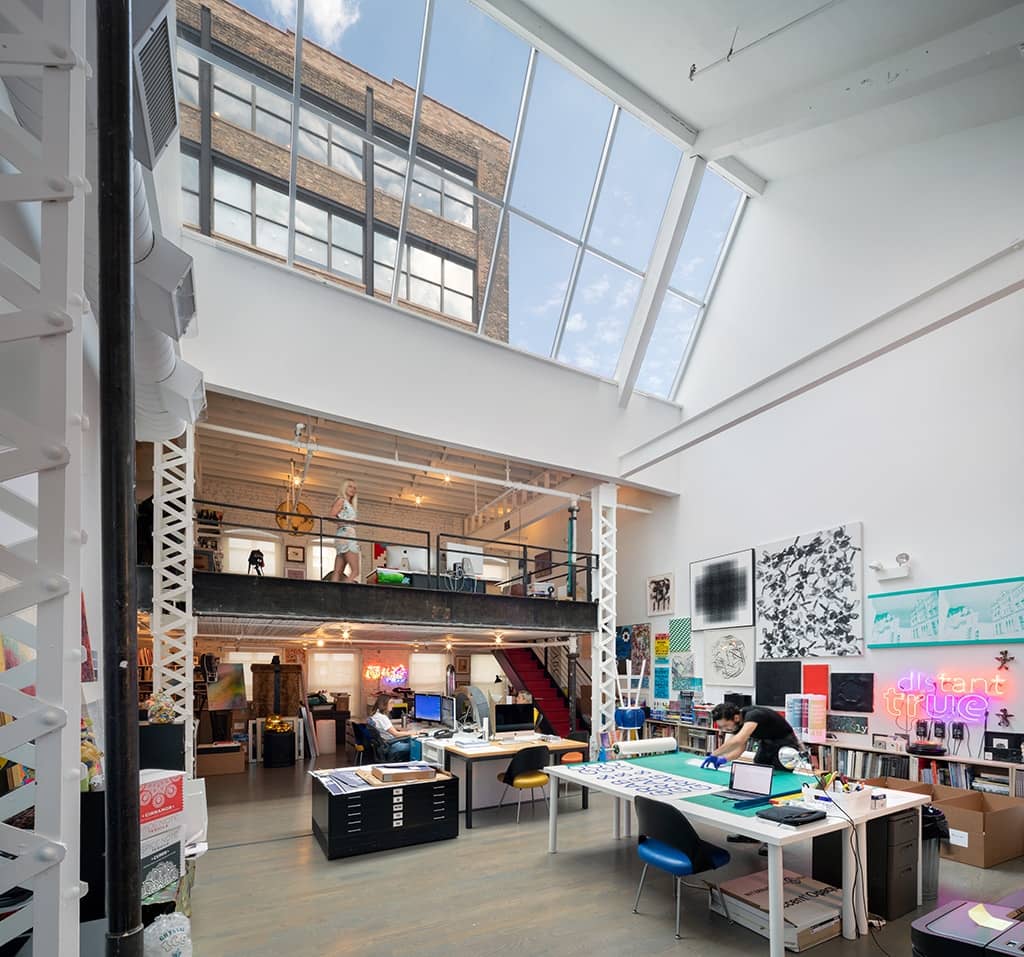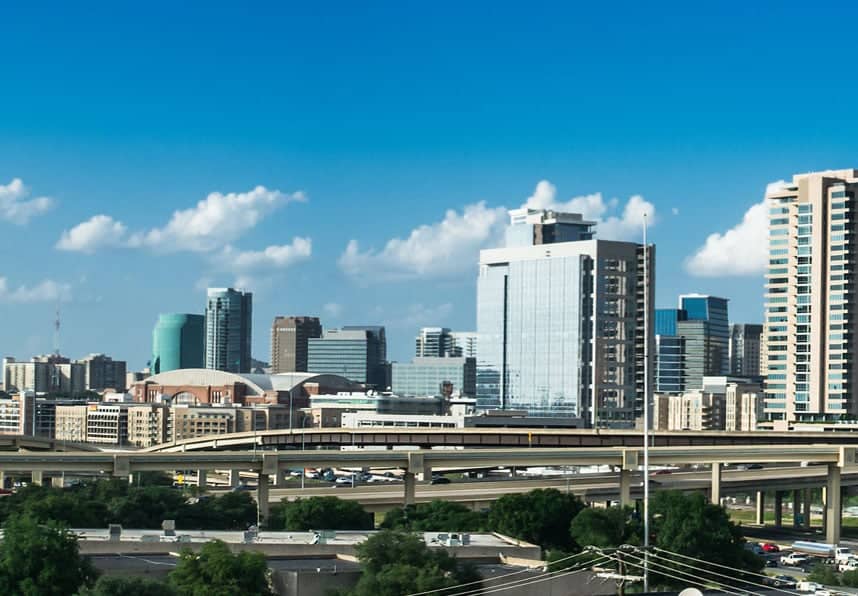A November study by VisualCapitalist.com found that “we live in a low-interest-rate environment, where the cost of borrowing for governments and institutions is lower than the historical average. It is easy to see that interest rates are at generational lows, but did you know that they are also at 670-year lows?”
Wow! The lowest rates in 670 years. What could be lower?
Some $15 trillion is invested worldwide with negative rates according to Bloomberg. In some instances, banks are charging fees to accept large deposits while lenders are paying borrowers to, well, borrow.
How do capital pools benefit when money generates negative yields? The one answer which seems plausible is that negative yields are a known commodity while leaving money to float might yield even worse results.
The push toward negative rates is not a sudden event. Almost four years ago, in 2016, The Wall Street Journal reported that Danish homeowner Hans Peter Christensen was getting quarterly interest payments from his mortgage lender. In 2017, Reuters noted that Swiss banks had paid out $1 billion in negative interest in just the first half of the year.
Speaking in Davos at January’s World Economic Forum, President Trump said “we compete with nations that are getting negative rates — something very new — meaning, they get paid to borrow money. Something that I could get used to very quickly. Love that. Got to pay back your loan? Oh, how much am I getting?”
No doubt President Trump would be elated with negative rates, as would any president. The reason is that the US government has an enormous national debt and pays a lot of interest for the money it borrows. According to the Treasury Department, the government had a $523 billion interest bill in FY2018, a cost which rose to $575 billion in FY2019. With negative interest rates the federal interest cost would disappear and perhaps be replaced by income from investors lucky enough to have the government hold their money.
In fact, there’s an argument to be made that negative rates have already reached the US. Not steadily, and not with much attention, but buried in the economic weeds the first hints of negative returns have already been seen.
“Using one measure of inflation, the 12-month change in the US Bureau of Labor Statistics’ Consumer Price Index (CPI) suggests that real long-term rates in the US may have recently dipped into negative territory,” said the Urban Institute in October. “Over the past 12 months ending in August, the CPI increased 1.7 percent, greater than the average rate on the US 10-year Treasury note over August, 1.6 percent. In September, the 10-year Treasury note rate averaged 1.7 percent, on par with inflation.”
The Fed’s Role
The Fed is supposed to pilot the economy, seeking to keep inflation at 2% or so and unemployment as low as possible. The logic is that a little inflation prods consumers to buy now before prices rise. That constant stream of buying creates ongoing business revenues and pushes down unemployment rates. Alternatively, if inflation is zero, then consumers can hold off purchasing because there’s no penalty in the form of a higher future cost. This is a big deal because consumer purchases represent about 70% of the GDP.
What happens in an environment with negative rates is unclear. Will the Fed’s economic models work? Do they work now? Even members of the Fed’s Board of Governors debate the issue.
“I’m concerned that we’ve needlessly raised interest rates over the past three years and put the economy into a more dangerous position that makes it more vulnerable to shocks that could hit us,” Neel Kashkari, president of the Federal Reserve Bank of Minneapolis told The Washington Post in September. “Why are we trying to contract the economy?”
The catch is that any economic policy, whether old or new, produces both winners and losers. In an economy with negative rates there’s no interest to compound. Savers will have no way to offset inflation while in the banking sector loans will become a cost instead of a revenue stream.
Speaking on CNBC’s Squawk Box in January, JPMorgan Chase CEO Jamie Dimon said “the only thing I have trepidation about is negative interest rates, QE (quantitative easing) and then diversion between stock prices and bond prices and yield and stuff like that. It’s one of the great experiments of all time and we don’t know what the ultimate outcome is.”
Negative Interest Rates & Commercial Real Estate
But what about those who manage large pools of capital? The prime directive for asset managers is to preserve buying power, avoid excess risk, and increase client wealth. How does that happen in a world with negative interest rates?
If interest rates continue to fall — if they hit zero, near zero or even less — the impact across the economy could be huge. Exactly what might happen is a matter of speculation. A number of outcomes seem plausible in terms of commercial property.
- Refinancing may quickly reach records levels. But loan terms may be compressed as lenders hope for a return to positive rates. Still, without an interest cost, asset managers and owners can take the money they save to improve properties and pay down debt – just in case negative interest levels turn out to be a short-term trend.
- There may be dislocations. Lots of them. For instance, the number of bank branches may likely decline while with lower costs the number of new businesses might increase.
- Commercial real estate in the US with its balance of risk and reward could remain attractive to investors. Although interest rates might reach zero and below that does not mean the need for commercial real estate will end of that well-chosen commercial properties will no longer continue to yield significant benefits. Consider that negative rates can be found in Switzerland, Germany, and Japan and yet these countries still function. People go to work, apartments are rented, groceries are bought, and meetings in Davos continue.
While game-playing with negative-interest scenarios is intriguing, Jaime Dimon is right when he says we don’t know what the ultimate outcome will be. One thing, though, is certain: If negative interest rates come to the US the game will surely change but the need for selected commercial space will be ongoing.




